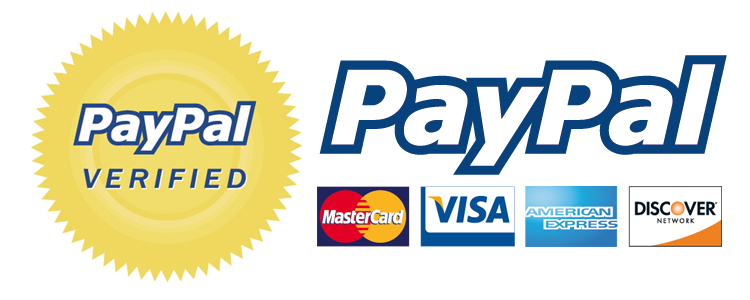Types of Communication
Written Communication
It includes letters, memos, reports, notices, faxes and e-mails.
Advantages
- Provides records and references
- Message can be carefully drafted and directed to large audience through mass mailing
- It promotes uniformity in policy and procedures.
Disadvantages
- It may create mountains of papers.
- May be poorly expressed by ineffective writers.
- May provide no immediate feedback.
- It may long time to receive and properly understood.
Oral Communication
Oral communication includes one to one conversations, interviews, appraisal sessions, group meetings or team briefings.
Advantages
- It allows two way communication and feedback.
- It encourages motivation.
- It is fast and feedback can be received instantly.
- The message can be reinforced with the proper use of body language.
Disadvantages
- Body language of both the sender and receiver may have a negative impact.
- It may be unsuitable for information which is technical in nature.
Visual Communication
Visual communication usually includes diagrams, pictures, charts and pictorial representation of the message.
Advantages
- Easy to understand and retain the information.
- May be more interesting than simple written communication.
Disadvantages
- It is not always clear and the may be misinterpreted by the receiver.



